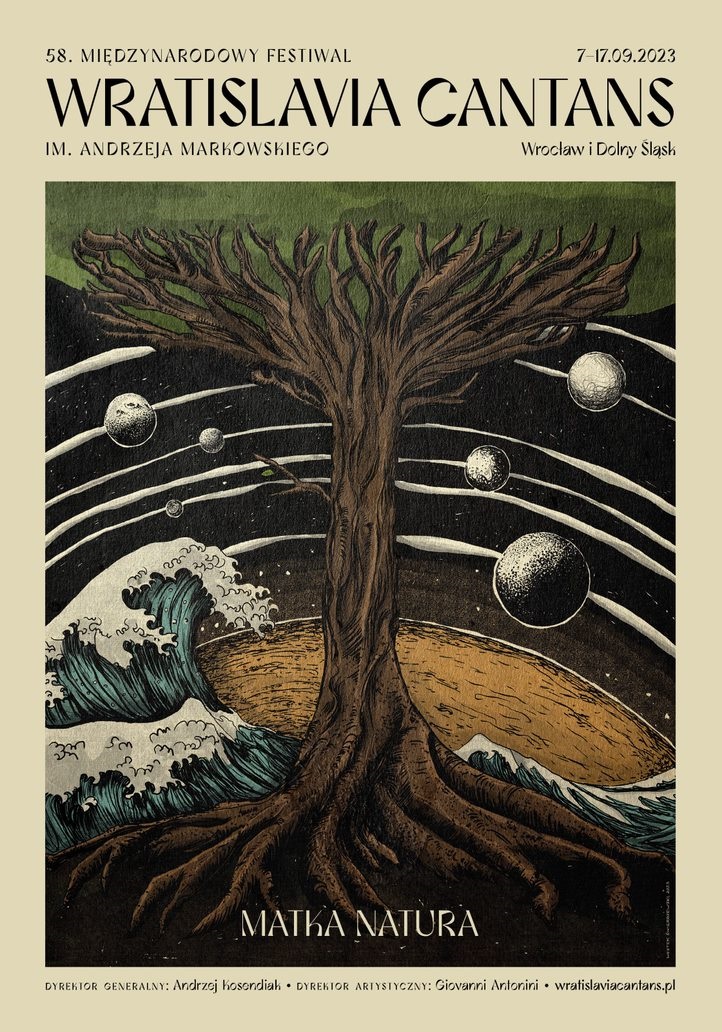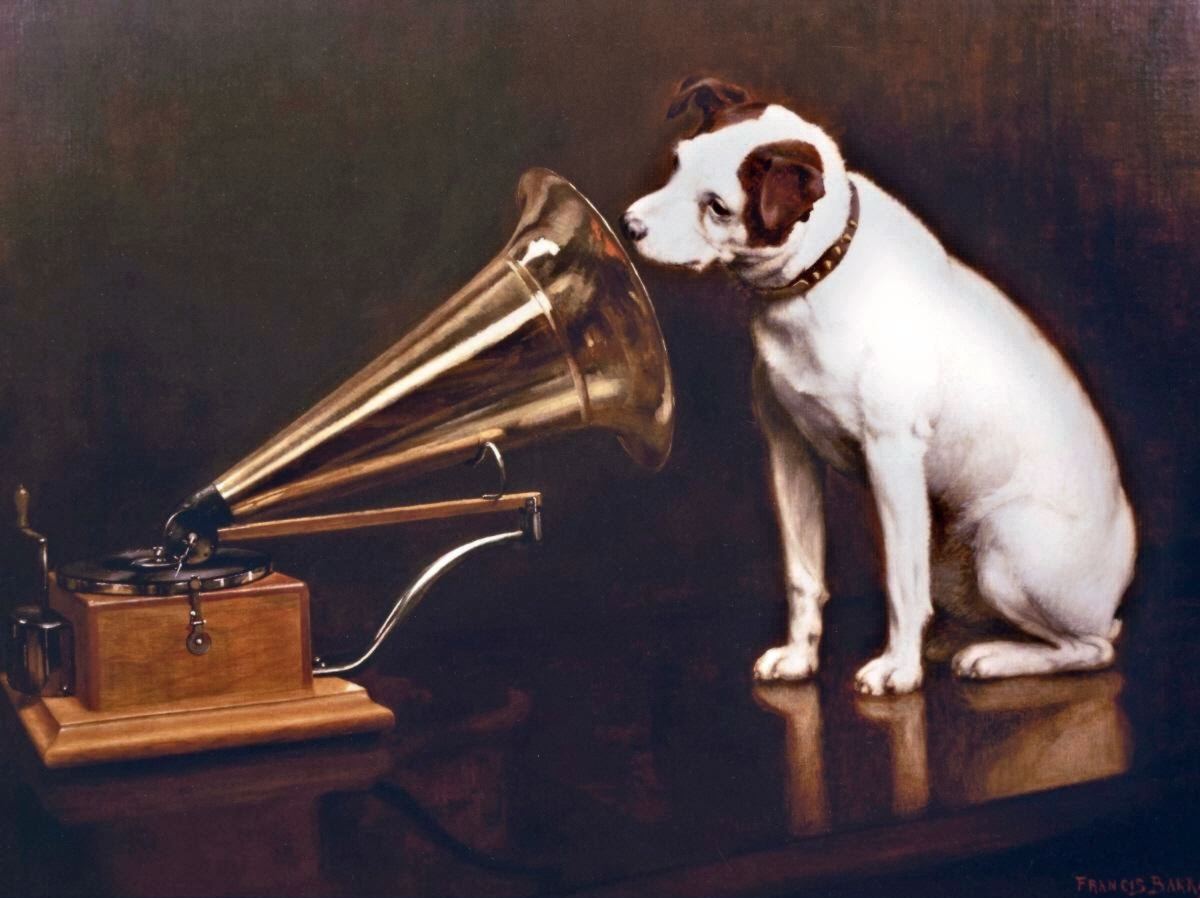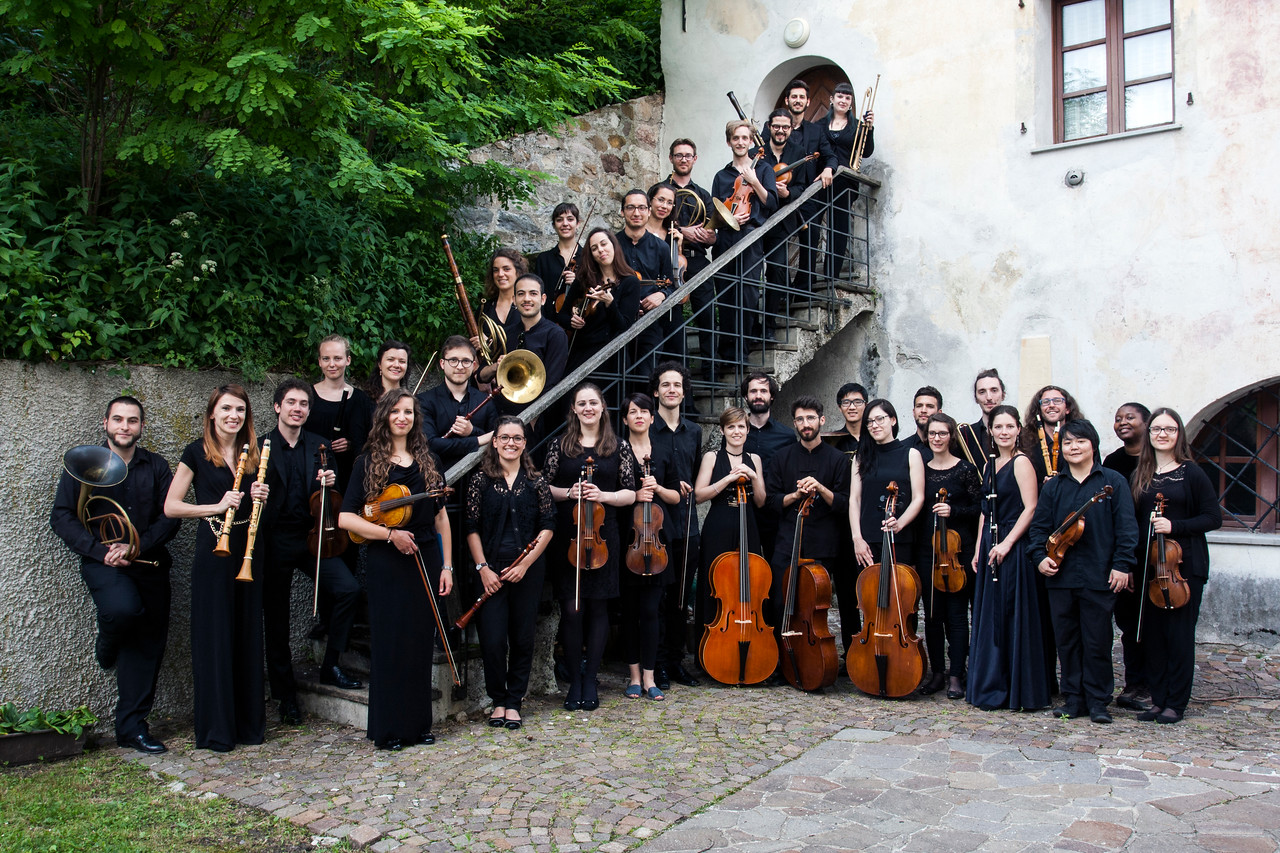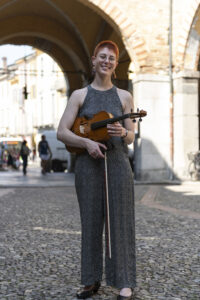 Hi! My name is Hannah, and I am a current member of and ambassadress for Theresia. I have been playing an instrument since I was 6 years old, starting on the violin and moving onto the viola in my teens – music has been a continuous thread, and at times something of a lifeline, and when I was offered the chance to write this blog post, I thought it would be interesting to chart my own relationship with music over the last 20 years. I’ll tell you about my relationship with music education – how and why it is important, the current flaws I see within it, and why it needs to be approached in a different way.
Hi! My name is Hannah, and I am a current member of and ambassadress for Theresia. I have been playing an instrument since I was 6 years old, starting on the violin and moving onto the viola in my teens – music has been a continuous thread, and at times something of a lifeline, and when I was offered the chance to write this blog post, I thought it would be interesting to chart my own relationship with music over the last 20 years. I’ll tell you about my relationship with music education – how and why it is important, the current flaws I see within it, and why it needs to be approached in a different way.
I began learning through my local music service, with lessons in school. The first year wasn’t great – I had three different teachers that year alone, and quite quickly wanted to quit. However, my mum very wisely signed me up to the local beginner string group, run by the same music service. This was an excellent decision as I loved the communal music making, and also met the teacher who I would learn with for the next 8 years. Although in my teenage years I joined a more intensive Music Centre and Youth Orchestra, and began to take part in more advanced music courses, my local music service remained a part of my life, and I played in many groups on various instruments (I also played orchestral percussion!) until I went to university at 18. While it may not have provided the most high-level performance opportunities, that experience of local music making shaped both my desire to pursue music professionally, and the musician I am today. That education prioritised enjoyment over achievement, allowed me to meet and work with a diverse range of people, gave me some fantastic opportunities to perform and travel, and exposed me to a team of educators whose priority was to provide as much as possible to as many people as possible.
When I moved back to London to study at Conservatoire, I knew I would need to work alongside my studies, and teaching seemed to be the most practical option – naturally, I went back to my old music service, this time as a teacher. I am extremely glad I made that choice, as the experience of studying at an elite institution alongside working for a local organisation forced me to interrogate what I wanted from my own career: of course I wanted to perform with all the best orchestras on all the biggest stages, but would that be enough by itself?
Several years on, that question continues to shape my career – I have worked hard at my playing, and I have indeed performed in some incredible venues with amazing musicians, but I also teach regularly and have dedicated myself to music education within the state sector: I teach whole class violin as part of an outreach scheme through the Royal Academy of Music, I completed a fellowship in education and workshop leading, and I am one of the directors of a highly inclusive local holiday course for children. Ultimately, I would like to continue pursuing these interests and work for a music education charity, in policy, or perhaps running the education department of a larger organisation.
What is so important about local music education?
In the UK, and in many other European countries, there is a rift in music education between the private and state sectors. There is a lot of discourse in general around how to improve the diversity of classical musicians and classical audiences, and I strongly believe that to create any effective change we have to work towards closing that rift. For example, in order to apply for the Primary programme at the Royal Academy of Music (a prestigious Saturday centre for young musicians aged 8-12), children must be at ABRSM Grade 5 level, with distinction. This is fine for children who start at the age of 4 and have weekly individual lessons, involved parents and a supportive school. It is far less achievable for children who attend a local state school – whose parents may have to work long hours, who cannot afford private tuition, and who may not even have the chance to pick up an instrument until they are 8 years old. Of course, this does not mean that those children are not capable or interested – what it does mean is that they have been edged out of the standard routes into high level music before they even finish primary school. Many of these elite institutions do not advertise, which means most of those children do not even know this option exists.
Part of the problem is that these institutions are solely focused on maintaining their student body in the immediate future: they want a continuous stream of young musicians entering at the right level of technical accomplishment, who will progress seamlessly into the established career paths. They know that, most likely, investing in broader and more accessible education is unlikely to change the way they operate in the near future. However, I would argue that making these changes is crucial – partly because music is a right and fundamental to the development of children, but also because doing this work is an investment in the long-term future of classical music. If we approach it in the right way, we can build new, younger and more diverse audiences, and crucially build audiences who appreciate the importance of music education and may prioritise it for their own children.
I do not have a solution to this, but I do know that if we want to build young audiences for classical music, and if we want the profession to be more accessible, this has to change. Of course, there are always talented children who ‘make it’ despite challenging circumstances, but they are the exceptions. For me, this is why local music education is so important – it provides the initial access to music making and situates it as a safe and enjoyable space. The emphasis is on music for all – most of the children who pass through local services will not go on to be musicians, but they may take a love of music and music making into their adult lives.
What can be done?
The obvious answer to this question is money. Youth music of all kinds needs substantial funding, but elite institutions often have substantial endowments, private donors, and buildings which can be hired out for a profit. Accessible services tend to be funded through a combination of fees (which are usually kept low) and public subsidies, which means that money is always tight, and staff and resources are stretched to their maximum. In fact, one private school near me has 3 times as many music administrators as the service which provides teachers for the entire borough it is in – more than 50 school and 200 music teachers. Of course, this is easier said than done: UK funding for arts organisations is at an all time low, forcing the English National Opera to move to a cheaper part of the country and the Wigmore Hall to move to a model that is entirely privately funded. In the Netherlands, the government has just cut all public subsidies to the Dutch National Youth Orchestra.
My other suggestion is that we improve communication between the various strands of music education. This would involve well funded, high level organisations getting involved with more local services, targeting children who show a love of and talent for music, and creating pipelines for these children. Some outreach could be refocused, rather than creating programs which inherently separate children from less advantaged backgrounds and provide standalone projects with no longevity.
I don’t think I have any answers to this problem, but what I can see as a young musician straddling the line between performer and educator is that something has to change, soon and at a fundamental level. So many of the attempts which are being made to make classical music more accessible are too little and too late. Local music is so important, and it is time for powerful institutions to utilise it fully and create a practical path into music for passionate young people.
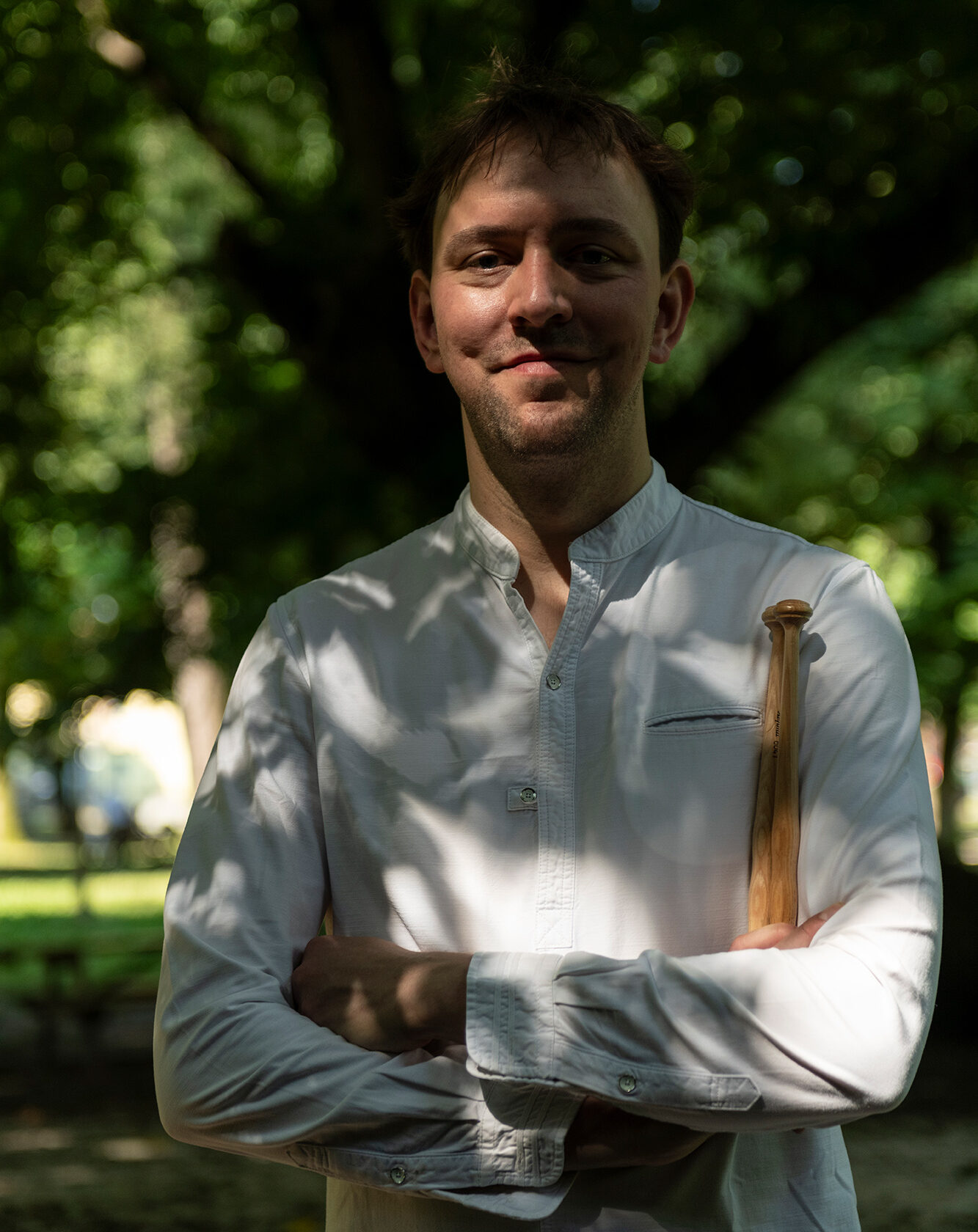
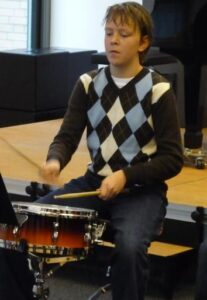
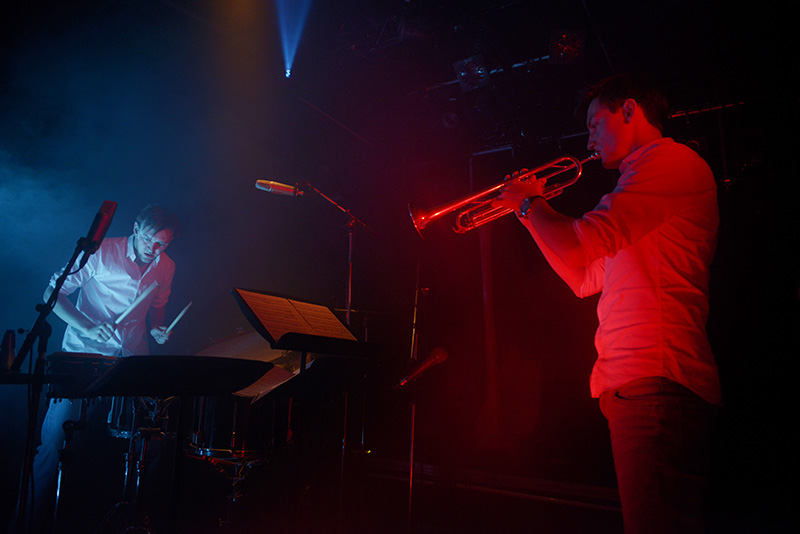
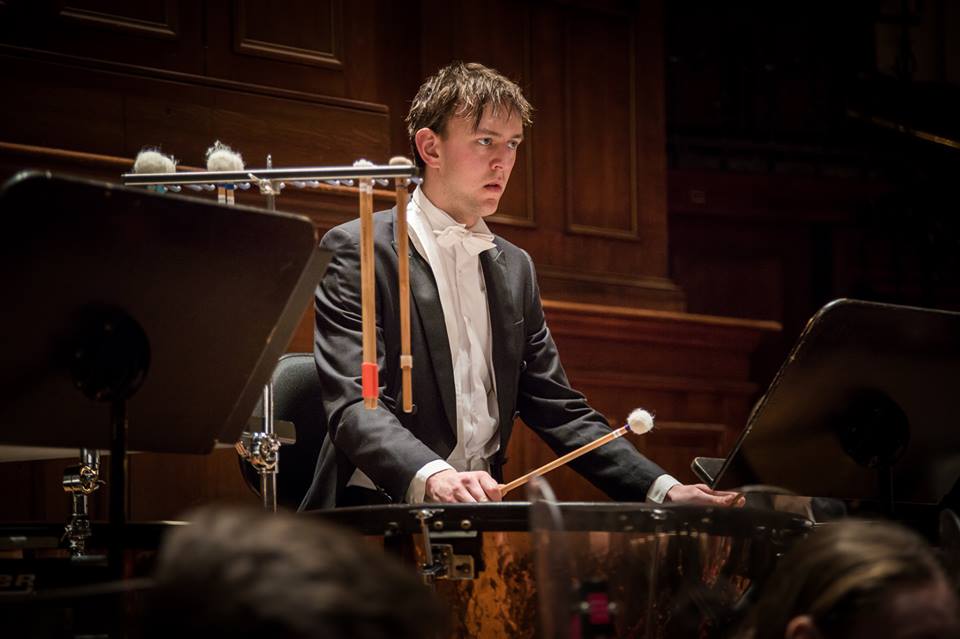




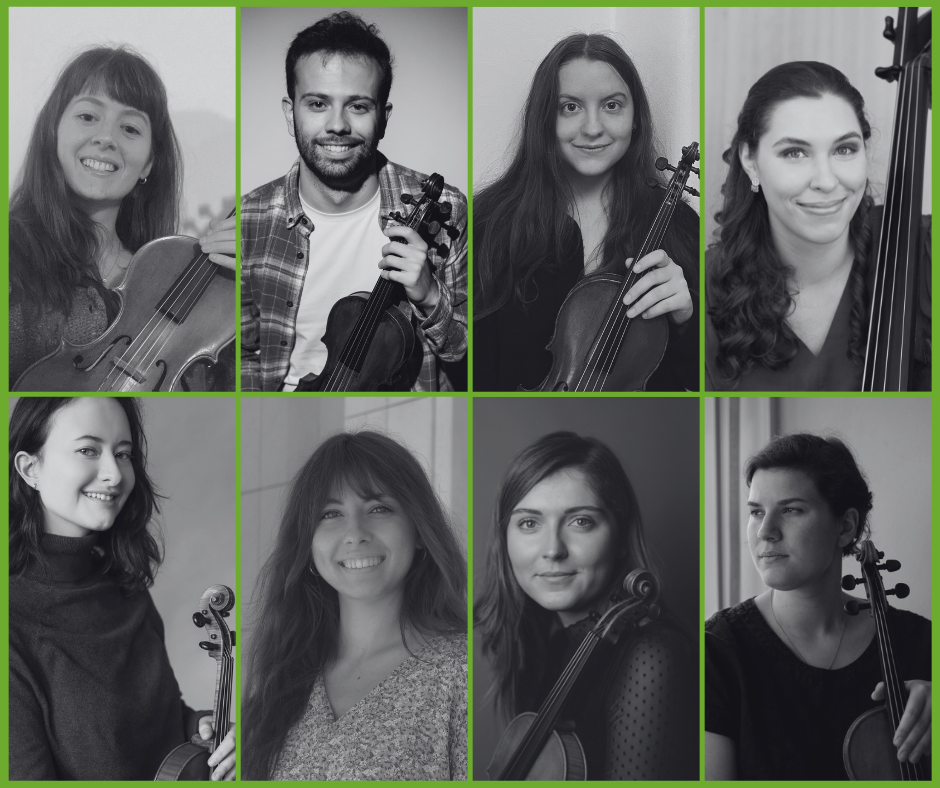
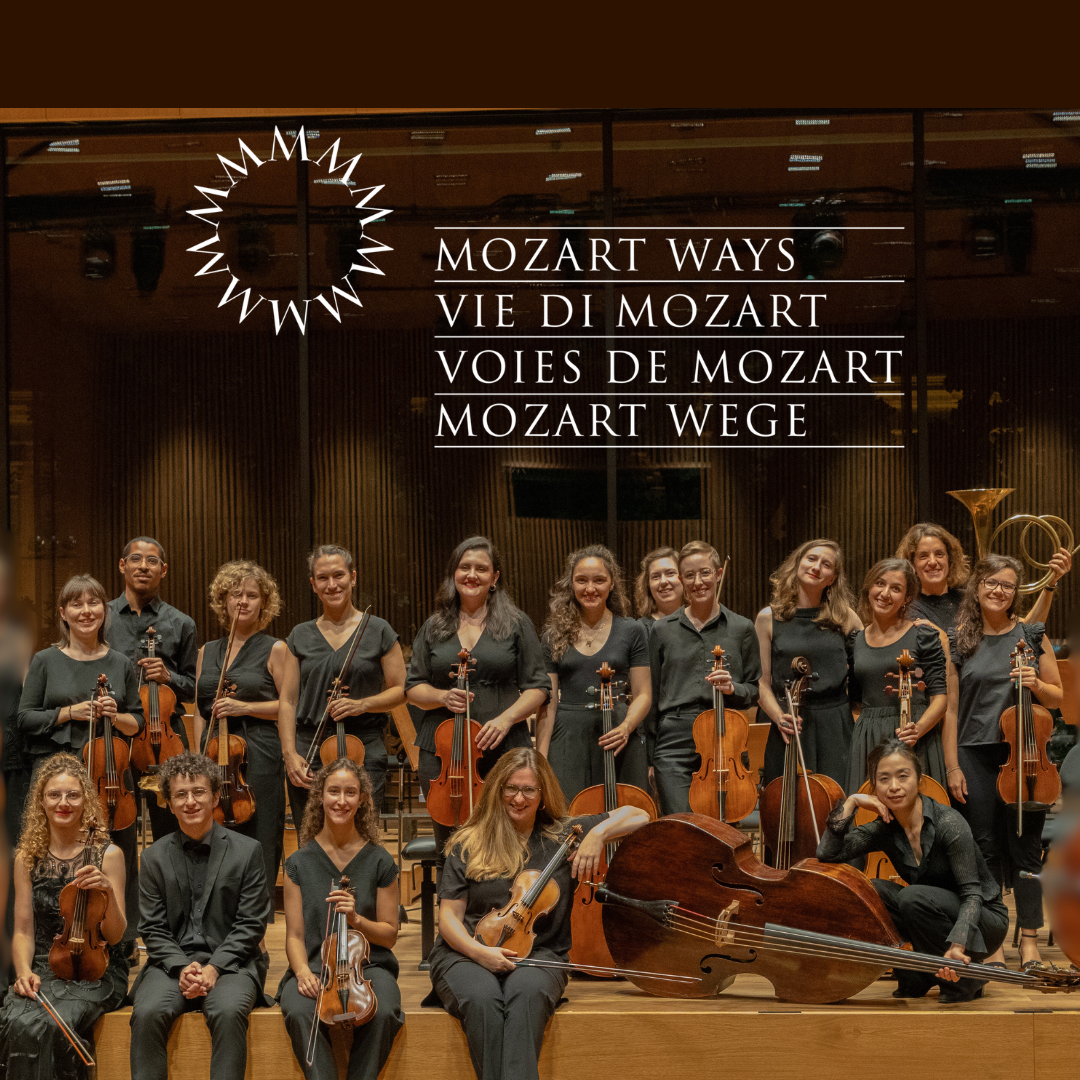

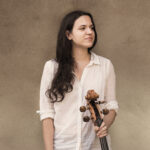 Working on “Die Jahreszeiten” by Joseph Haydn with Il Giardino Armonico
Working on “Die Jahreszeiten” by Joseph Haydn with Il Giardino Armonico